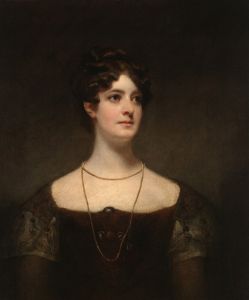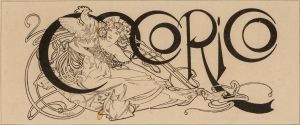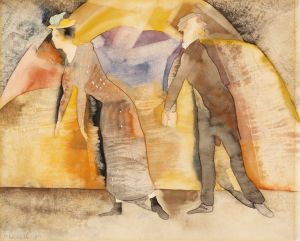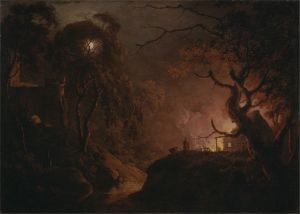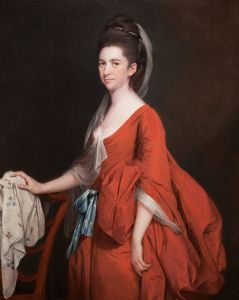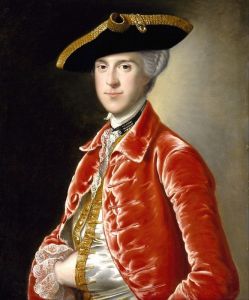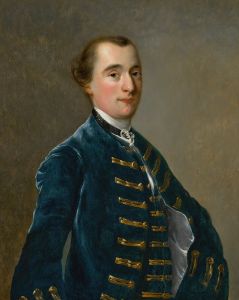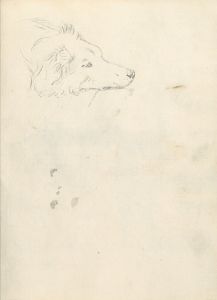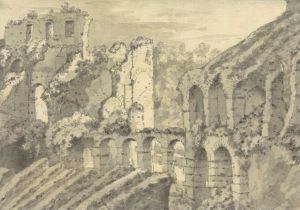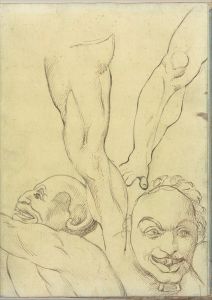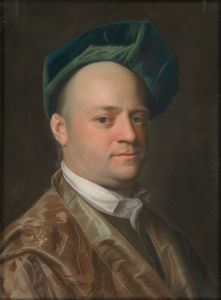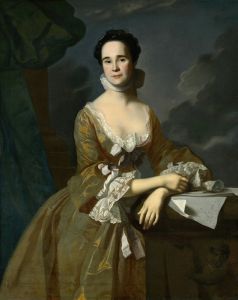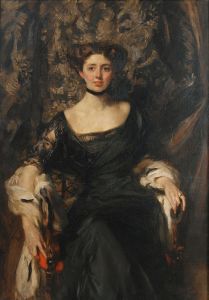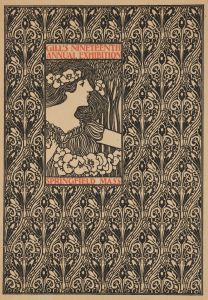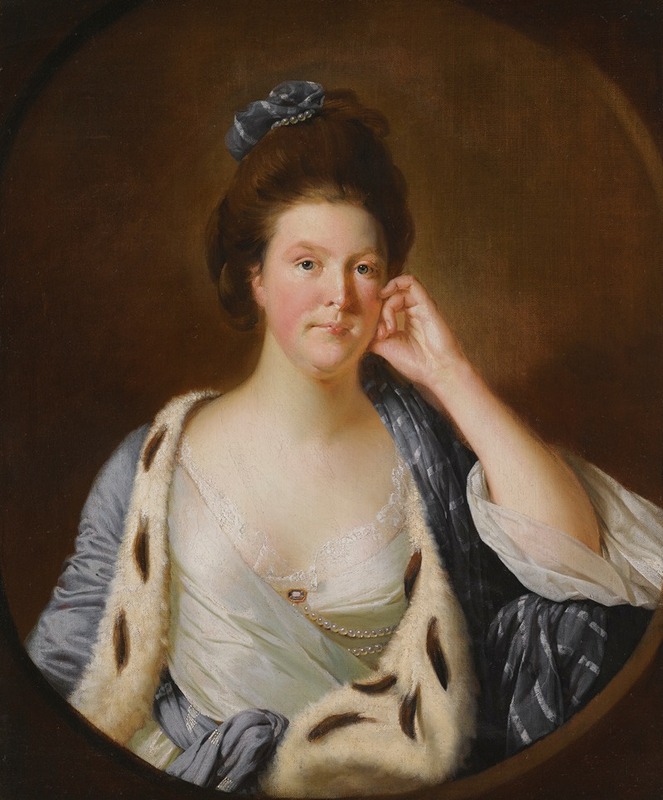
Portrait of Lucy Stafford, Later Mrs Wilkinson
A hand-painted replica of Joseph Wright of Derby’s masterpiece Portrait of Lucy Stafford, Later Mrs Wilkinson, meticulously crafted by professional artists to capture the true essence of the original. Each piece is created with museum-quality canvas and rare mineral pigments, carefully painted by experienced artists with delicate brushstrokes and rich, layered colors to perfectly recreate the texture of the original artwork. Unlike machine-printed reproductions, this hand-painted version brings the painting to life, infused with the artist’s emotions and skill in every stroke. Whether for personal collection or home decoration, it instantly elevates the artistic atmosphere of any space.
Joseph Wright of Derby, an eminent 18th-century English painter, is renowned for his distinctive use of chiaroscuro and his ability to capture the interplay of light and shadow. Among his numerous works, the "Portrait of Lucy Stafford, Later Mrs Wilkinson" stands as a testament to his skill in portraiture and his keen eye for detail.
The painting depicts Lucy Stafford, who later became Mrs. Wilkinson. Unfortunately, specific details about Lucy Stafford's life, including her birth and death dates, remain scarce. However, it is known that she was part of the social circles that Wright often painted, which included members of the burgeoning middle class and intellectual elite of the time. Wright's portraits are celebrated for their ability to convey the character and status of the sitter, and this work is no exception.
In the portrait, Wright employs his signature chiaroscuro technique, which involves the dramatic use of light and shadow to create a sense of depth and volume. This technique not only highlights the physical features of Lucy Stafford but also imbues the painting with a sense of intimacy and immediacy. The lighting in the portrait is soft yet focused, drawing attention to Stafford's face and expression, which is serene and composed. Her attire, typical of the fashion of the period, is rendered with meticulous attention to detail, showcasing Wright's ability to depict textures and fabrics with realism and finesse.
Wright's portraits often reflect the Enlightenment ideals of the time, emphasizing reason, individualism, and a connection to the natural world. While the "Portrait of Lucy Stafford, Later Mrs Wilkinson" is primarily a personal depiction, it also subtly reflects these broader cultural themes. The sitter's calm demeanor and the understated elegance of the composition suggest a woman of intelligence and poise, qualities that were highly valued in the Enlightenment era.
Joseph Wright of Derby's work is characterized by its emotional depth and technical precision, and this portrait is a fine example of his ability to capture the essence of his subjects. Although the specific circumstances of the commission and the relationship between Wright and Lucy Stafford are not well-documented, the painting itself serves as a historical artifact, offering insights into the social and cultural milieu of 18th-century England.
The "Portrait of Lucy Stafford, Later Mrs Wilkinson" is part of Wright's broader oeuvre, which includes not only portraits but also landscapes and scenes of scientific and industrial advancements. His work is housed in various collections around the world, and he is celebrated as one of the first artists to portray the Industrial Revolution's impact on society. This particular portrait, like many of Wright's works, continues to be studied and admired for its artistic merit and historical significance.
In summary, while specific details about Lucy Stafford's life are limited, Joseph Wright of Derby's portrait of her remains a valuable piece of art history. It exemplifies his mastery of portraiture and his ability to convey the subtleties of human expression and character through the medium of paint.





